What it is?
A dry mixture similar to decorative plaster or textile fabrics made on the basis of cellulose, cotton or silk. They are safe finishing materials that allow walls to breathe.
Types and characteristics
There are two types, each of them has its own characteristics.
Textile
A more common and familiar look. They consist of two layers - a paper layer and a viscose layer with the addition of cellulose and natural silk fibers. Very durable, do not fade in the sun and are environmentally friendly. They look like silk fabric. They can be plain and patterned. They differ in a rather high price, but they pay off during operation.
Liquid
A mixture that is diluted with water and applied to walls or ceilings with a trowel or roller, resulting in a seamless finish. The composition contains only natural silk components. Resistant to mold, mildew and temperature changes.
In the photo there is a hall with a wall decorated with liquid silk wallpaper.
Pros and cons
Like all other varieties of wallpaper, silk has its own advantages and disadvantages.
| Benefits | disadvantages |
|---|---|
| Textile fabrics are hypoallergenic, do not emit harmful substances. | They are afraid of moisture, dust, absorb odors, not recommended for use in the bathroom and kitchen. |
| They have an elite appearance, original design and a huge variety of colors. | Quite a high price. |
| Silk liquid wallpaper requires little cost and consumables. Easy to apply, form a perfectly even coating. | The operating time is longer than the application time of regular wallpaper |
| Do not attract dust. Antistatic, fireproof. Eco-friendly and non-allergenic. |
Photo ideas in the interior of rooms
An original design option, they look very interesting on the walls and will become a real highlight in any room.
In the kitchen
For kitchens, it is more appropriate to use liquid finishing materials in natural colors: peach or beige. They create a perfectly even and thin finish with a subtle satin shimmer that visually enlarges the room. This makes them a real boon for small kitchens.
The photo shows the interior of the kitchen, decorated with textile wallpaper made of golden silk.
In the living room
Calmer beige, sand, olive or pale pink colors will look good. If desired, you can apply a pattern in the form of royal lilies or monograms with paint in gold, silver or burgundy. Decorations with moldings, baguettes or stucco are ideal for plain wallpaper.
Pictured is a living room with silk textile wallpaper on the walls.
In the bedroom
This finish will add aristocratic gloss and sophistication to the bedroom design. Decorating a room with just such a material, it feels like the walls are covered with silk fabric. Due to this, the interior is quite comfortable.
Pictured is a bedroom with patterned turquoise walls.
Colors
Color matching is of the utmost importance when creating an interior.
White
They increase the space, bring a note of freshness and cleanliness.White has excellent compatibility with all colors. In order to get rid of the excessive sterility of this color, it is enough to add a few bright accents.
The photo shows the interior of the living room and the walls, lined with silk wallpaper.
Black
They are distinguished by unsurpassed graphics. Black sets contrast, enhances, emphasizes and creates edging for the rest of the interior shades. This color can be used not only as a background, but also to delimit space.
Pictured is a modern bedroom with black silk wallpaper on the walls.
Beige
Beige is perfect for creating tranquil interiors in which all attention is shifted not to color, but to texture. Therefore, you need to very carefully select textured surfaces and their combination with each other.
Green
Refresh and soothe, allow you to experiment with finishes. It pairs best with yellow, brown and blue.
In the photo there is a bedroom decorated with green silk wallpaper.
Red
They will allow you to create a rich, elite interior. In combination, it is better to give preference to black and gold.
Design examples
When decorating a room, the main goal is to make the interior authentic and fashionable.
With golden threads
They attract all the attention, attract and enchant. Gold threads will add luxury to the interior. Will be appropriate even in the style of minimalism. You can complement a unique image with the help of small lamps or candlesticks.
In the photo, the hall is decorated with silk wallpaper with gold threads.
With birds
Birds are a symbol of lightness and freedom, their presence in the drawings creates a light atmosphere, adds air and space to the room.
In the photo there is a bedroom and silk wallpaper in gold color with birds.
With flowers
Nothing can convey all the beauty of silk like floral arrangements. This applies most of all to roses, because it will be very difficult to look away from the image of delicate buds on an iridescent texture.
In the photo there is a bedroom interior and a wall with silvery silk wallpaper.
How to apply?
The correct application option depends on the type. Silk textile wallpapers are glued to a previously prepared wall using special glue.
What is the best glue to use?
It is better to choose the glue that is indicated in the instructions on the rolls. High quality vinyl adhesive, dye-free, with anti-fungal additives, for heavy-duty coatings is also suitable.
In no case glue must not be diluted.
Step-by-step gluing instructions
The gluing of silk canvases is not fundamentally different from any other gluing. For a perfect result, do the following:
- Prepare the surface.
- Remove old paint or wallpaper from the walls.
- Align, sand the walls, apply a primer.
- Mark the wallpaper and walls.
- Prepare the right amount of glue and apply it to the seamy side of the wallpaper and the surface of the walls.
- Glue from the corner and make sure the pattern matches.
- Leave to dry in a warm, draft-free room.
Video
Applying this material to the wall is a very responsible process, so in order not to spoil these expensive coatings, it is better to entrust it to professionals.
Features of care and cleaning
They require very careful and accurate care.
- To remove dirt and dust, it is best to use a soft brush and vacuum cleaner.
- If stains appear on the surface, use a sponge or cloth soaked in warm water to remove them.
- It is possible to use a non-concentrated soapy solution or detergent.
Photo gallery
Silk wallpapers have amazing properties and will delight you with their beauty for a long time. After getting acquainted with this finishing material once, he will not disappoint and you will want to purchase it already for decorating all rooms.


 10 practical tips for arranging a small kitchen in the country
10 practical tips for arranging a small kitchen in the country
 12 simple ideas for a small garden that will make it visually spacious
12 simple ideas for a small garden that will make it visually spacious
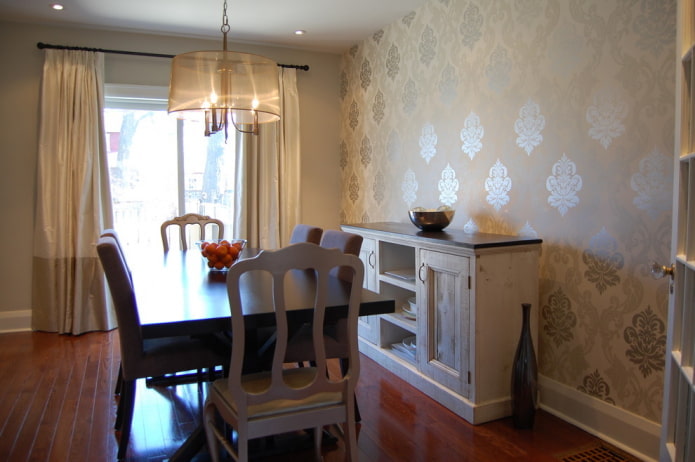
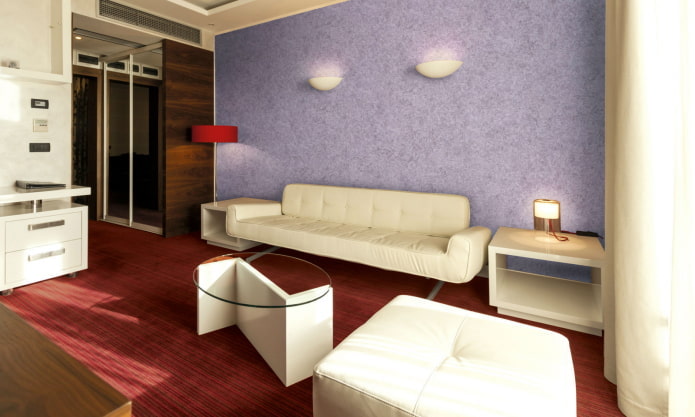

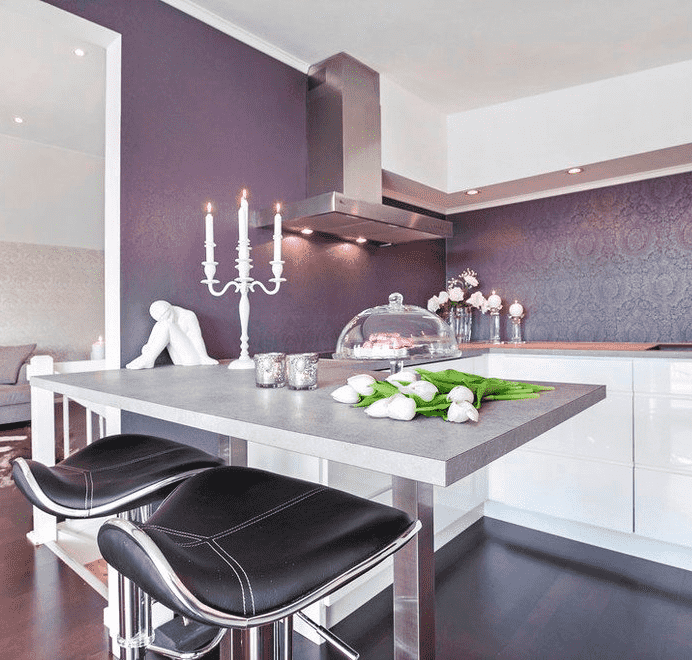

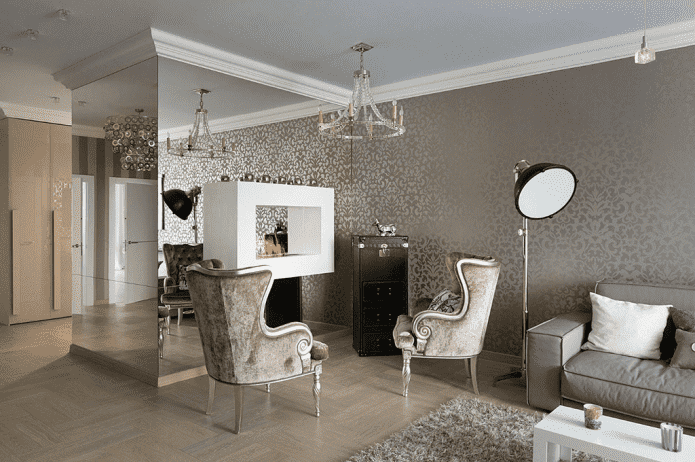
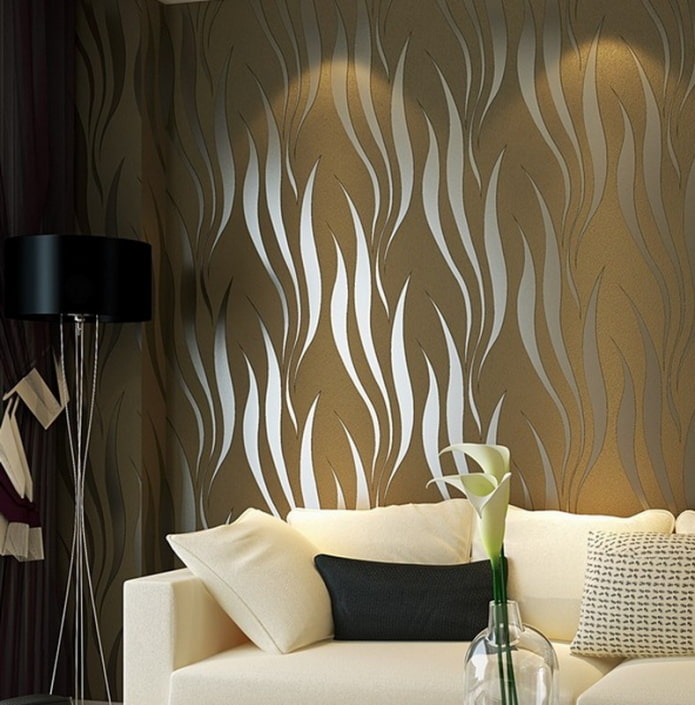
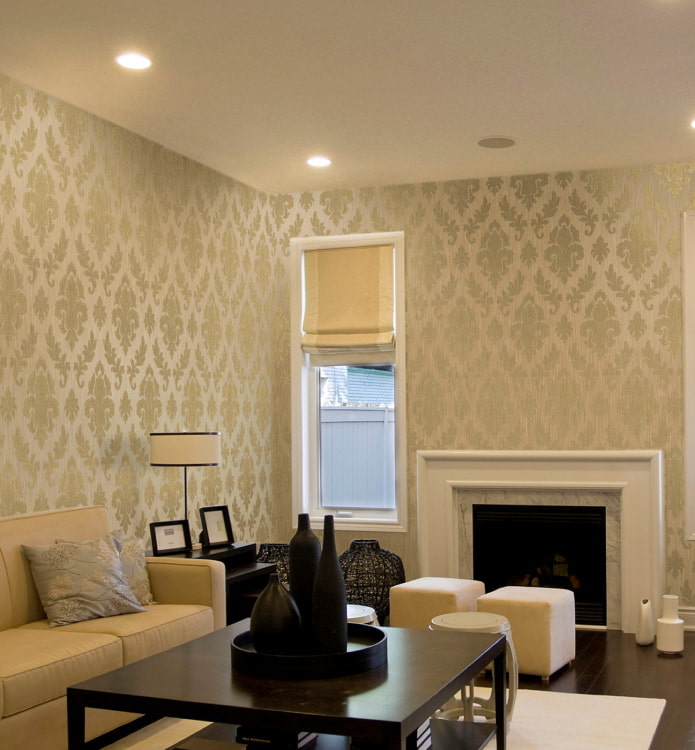
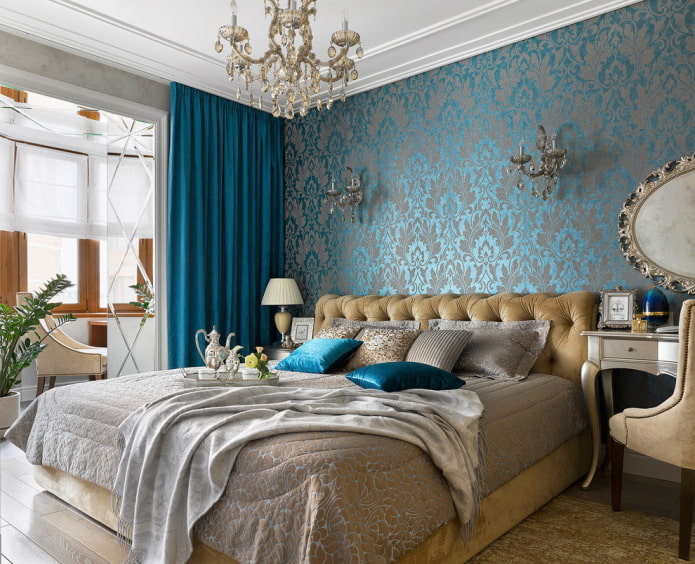
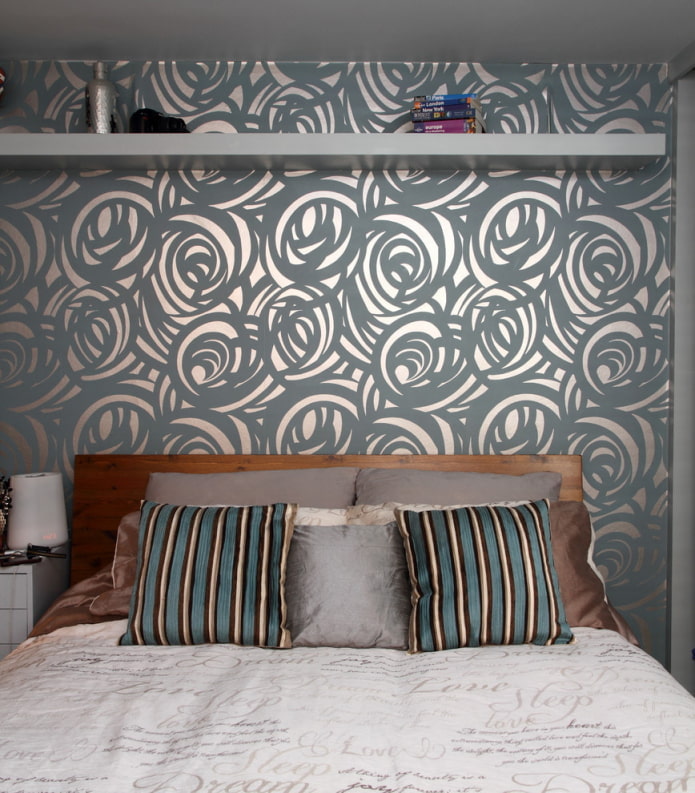

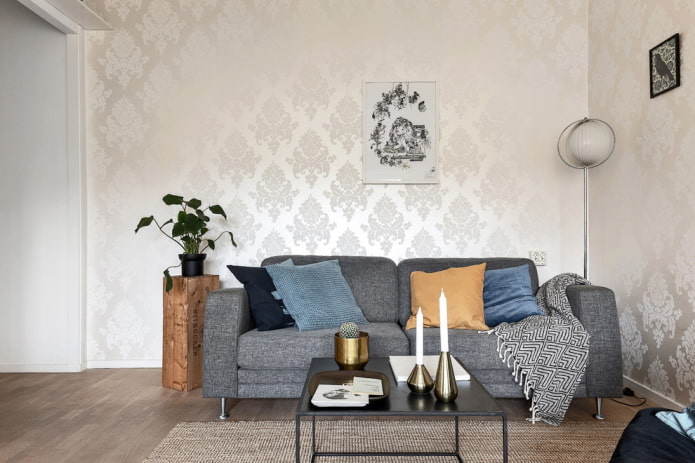
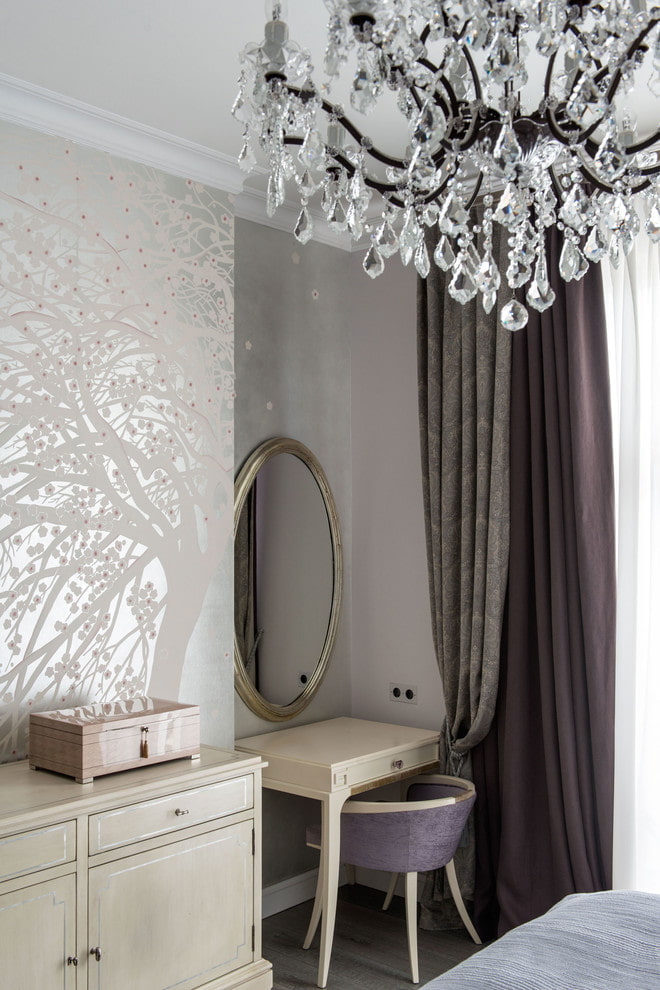

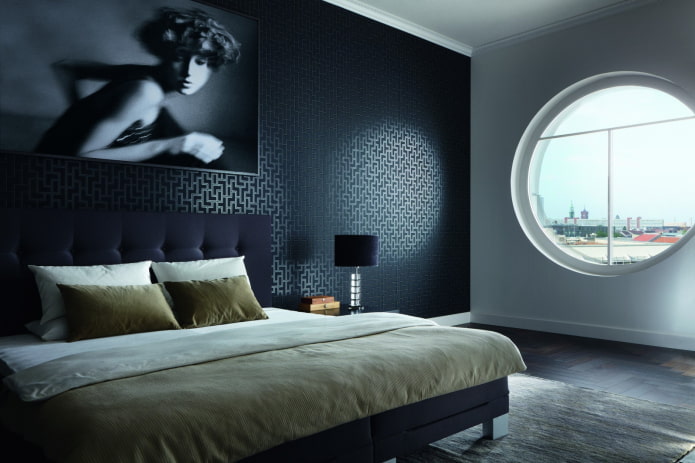
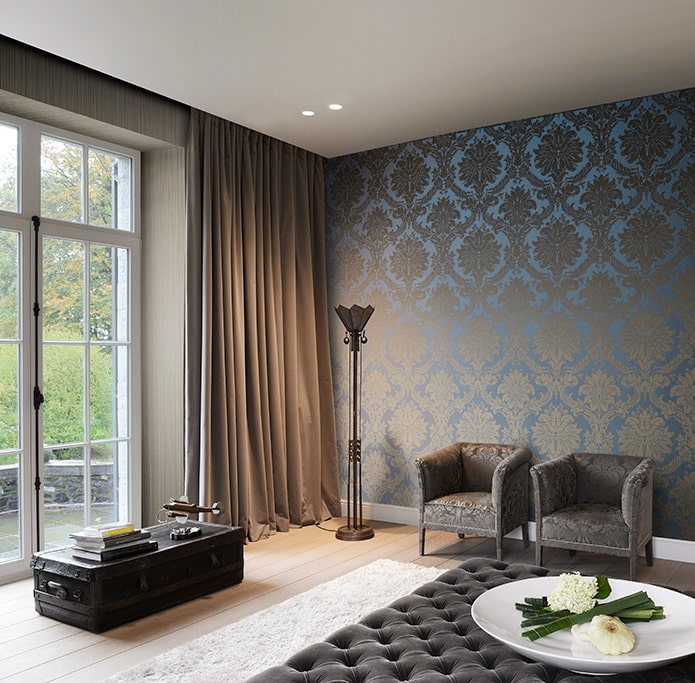
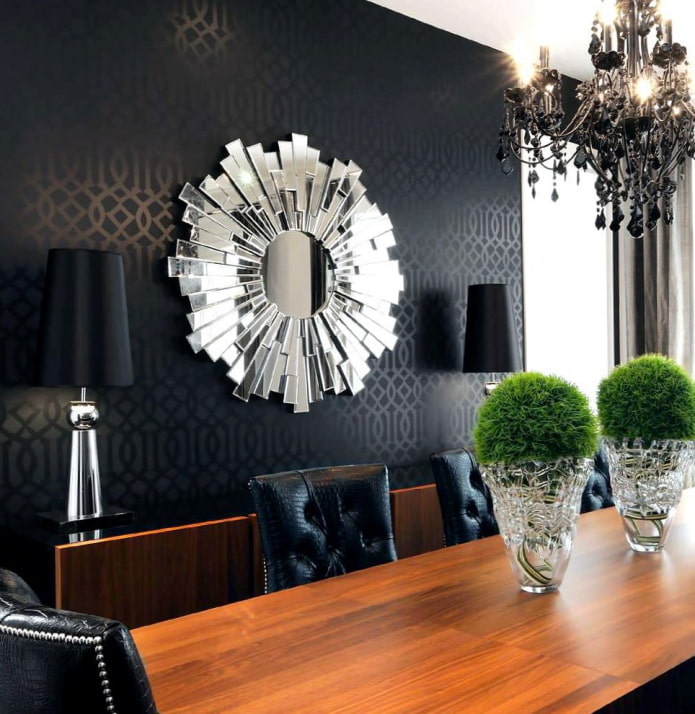
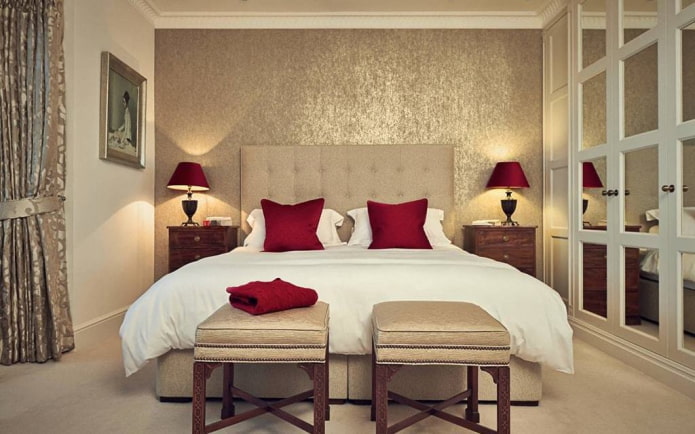
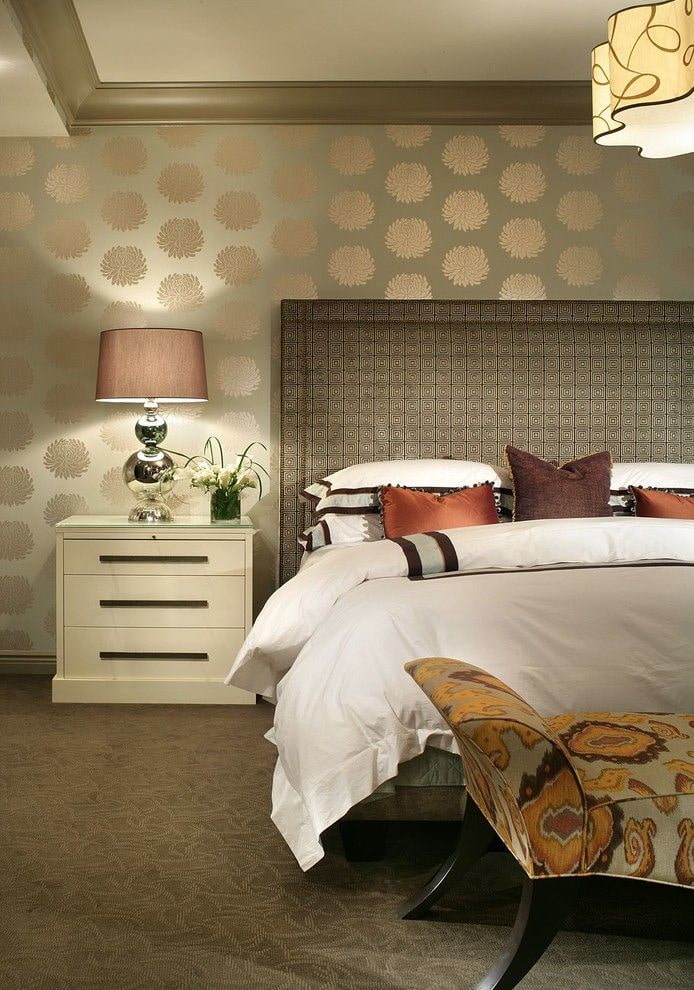
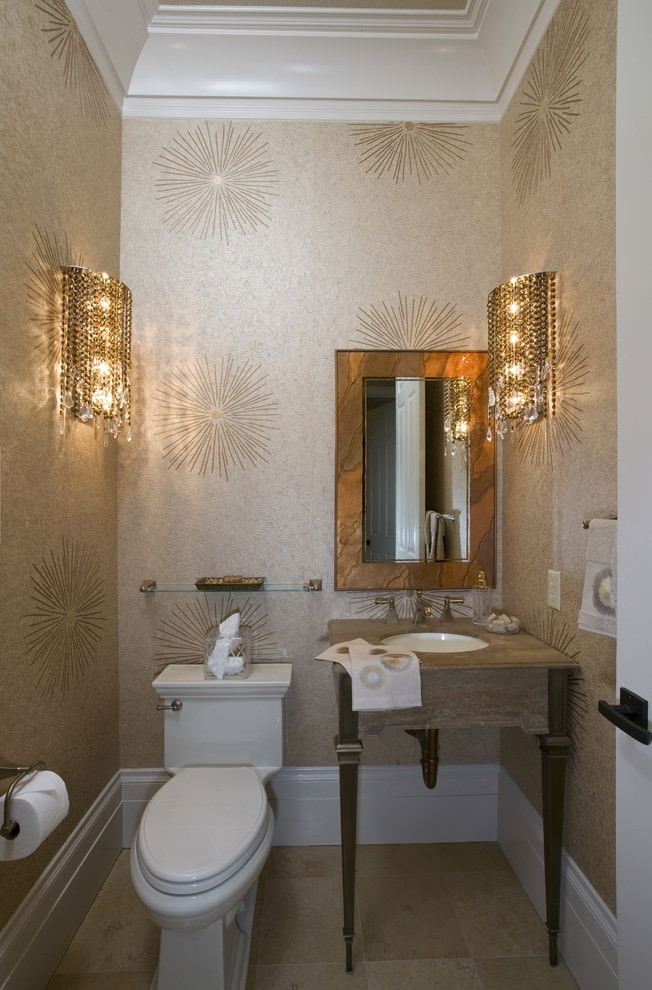
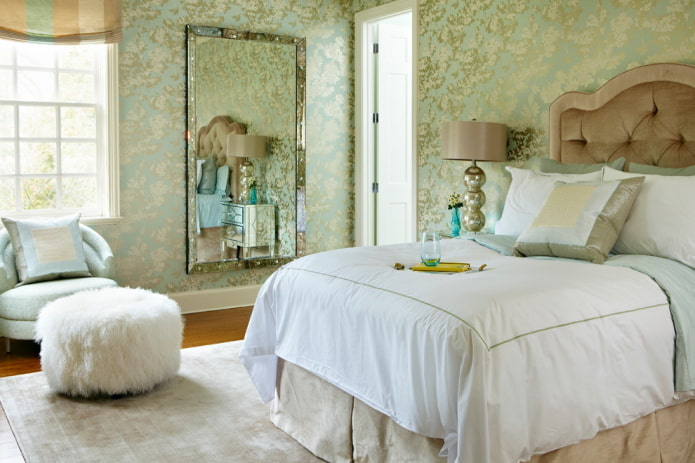
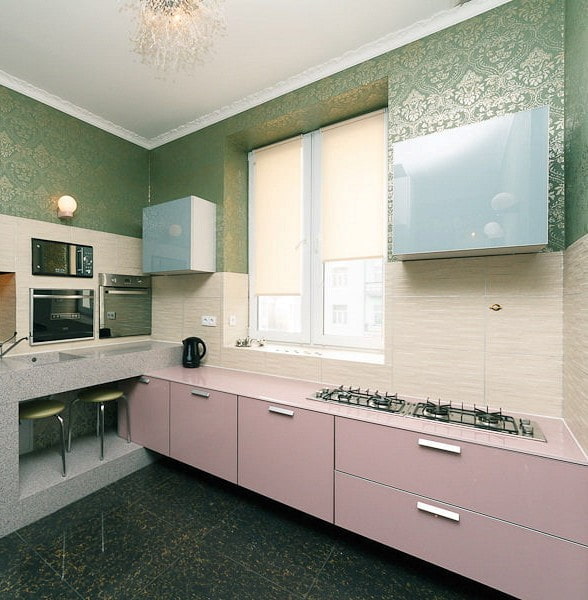
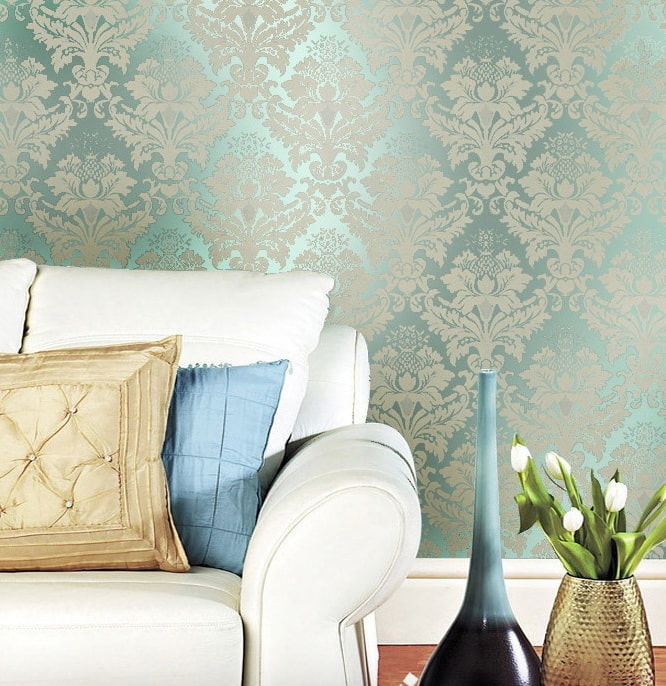
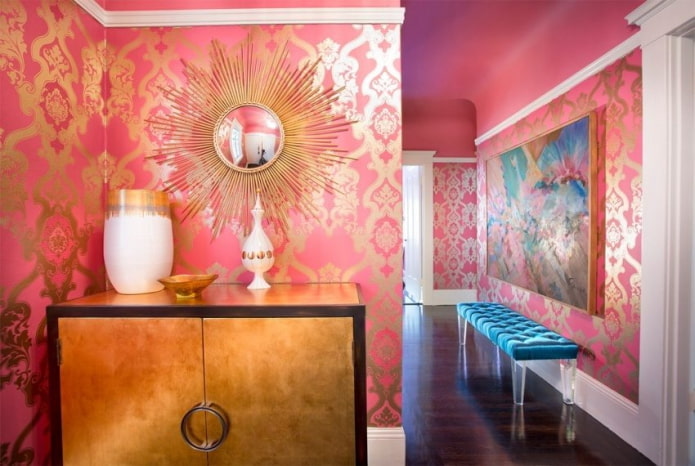
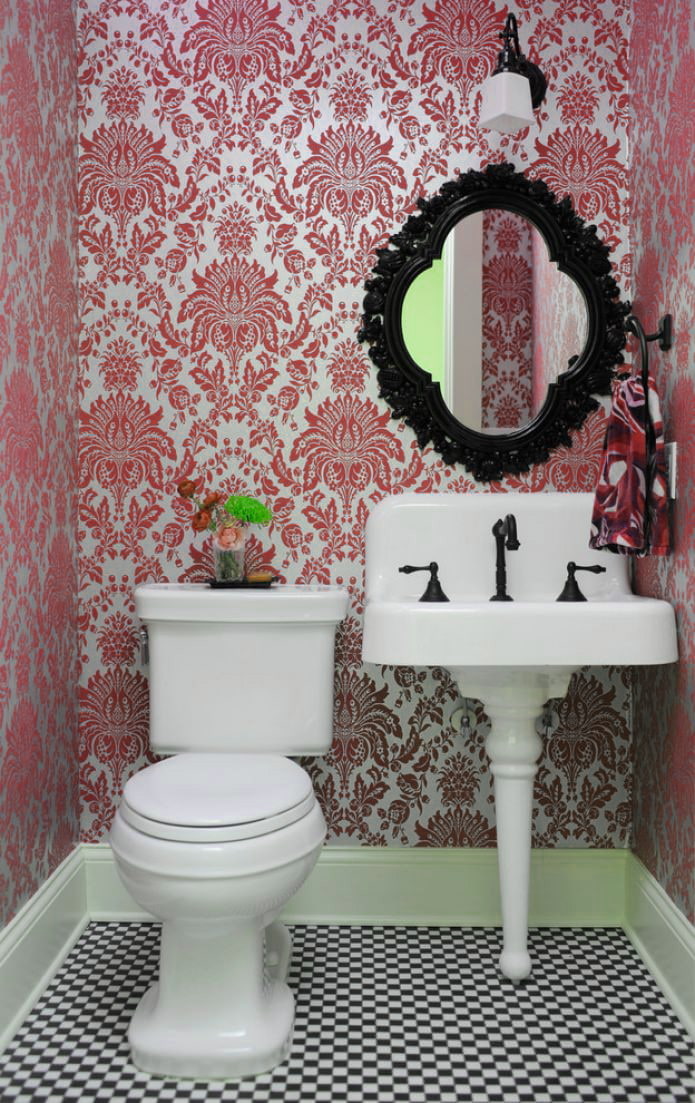
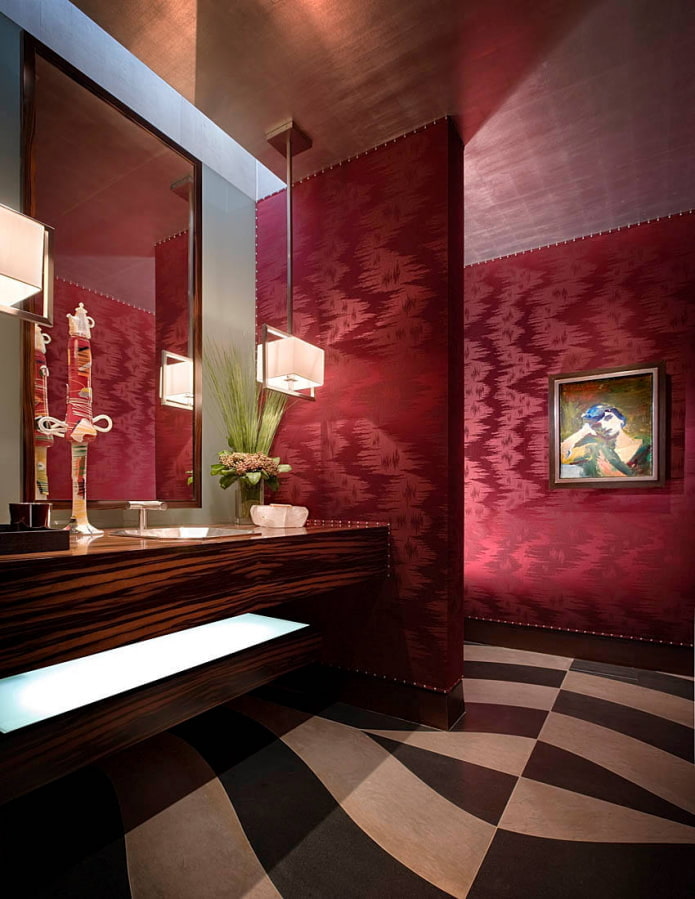
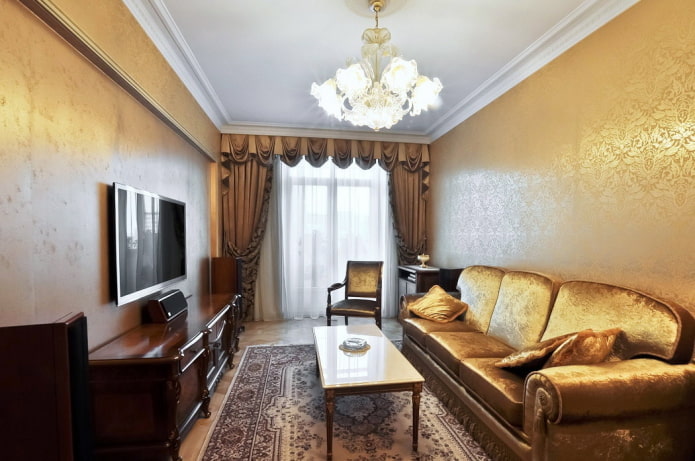
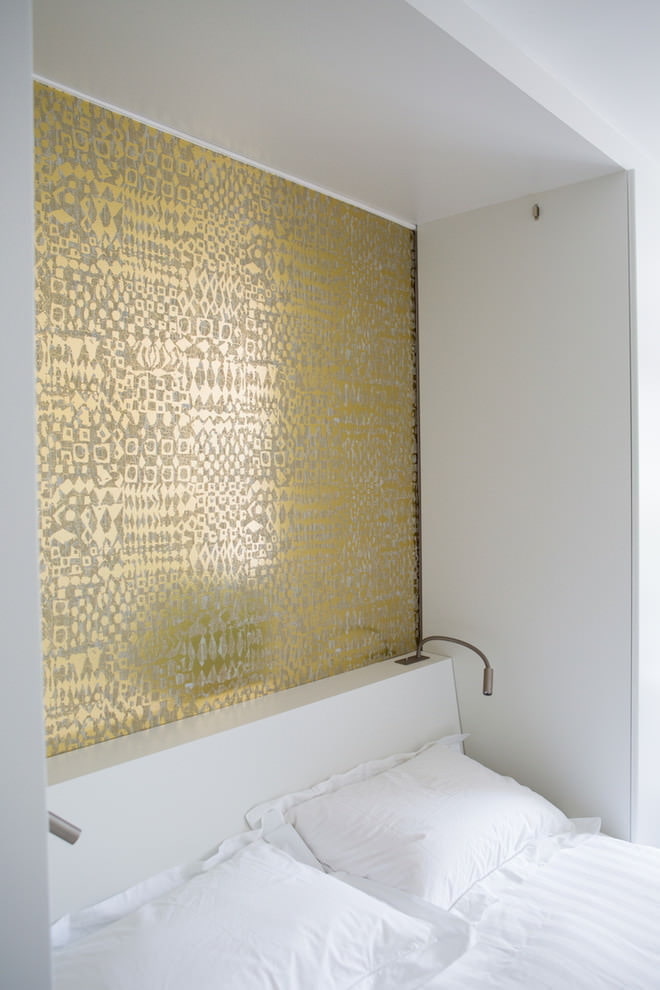

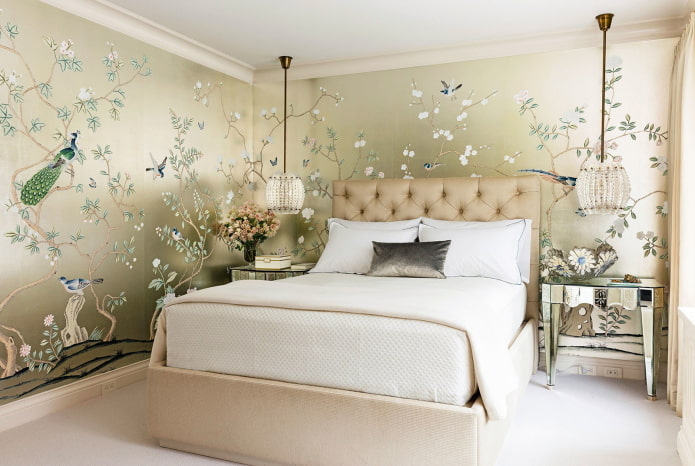
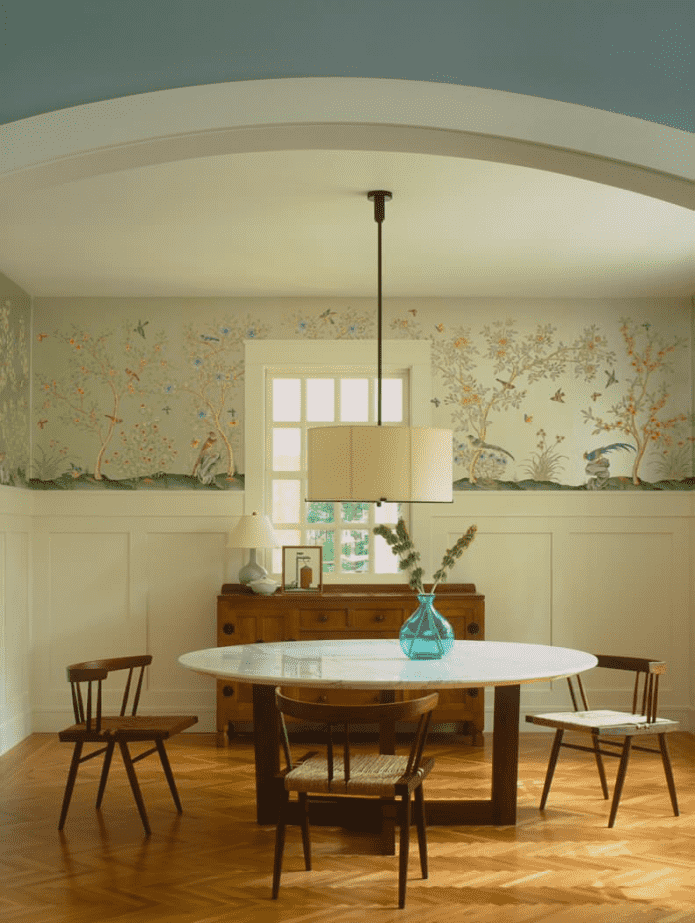
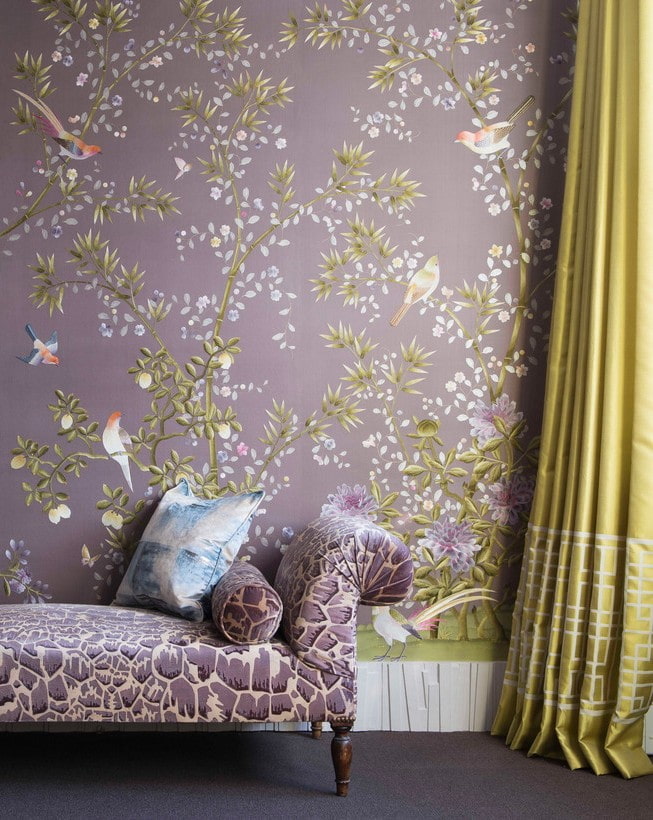
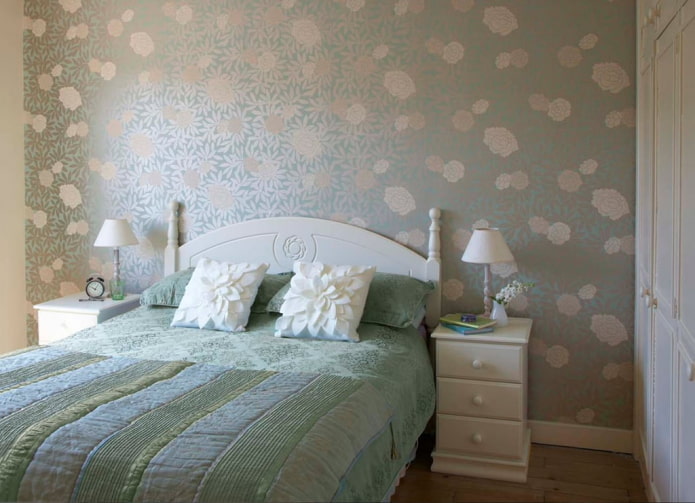
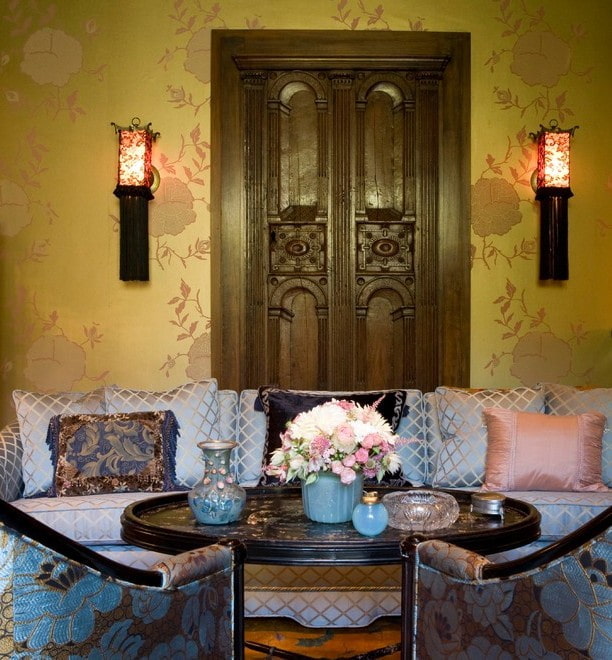

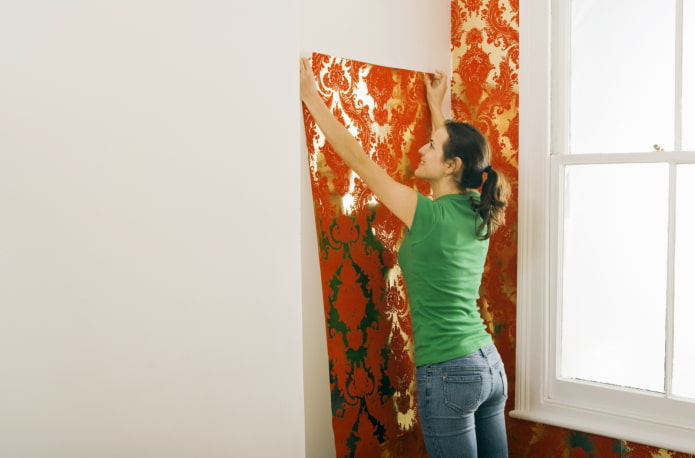
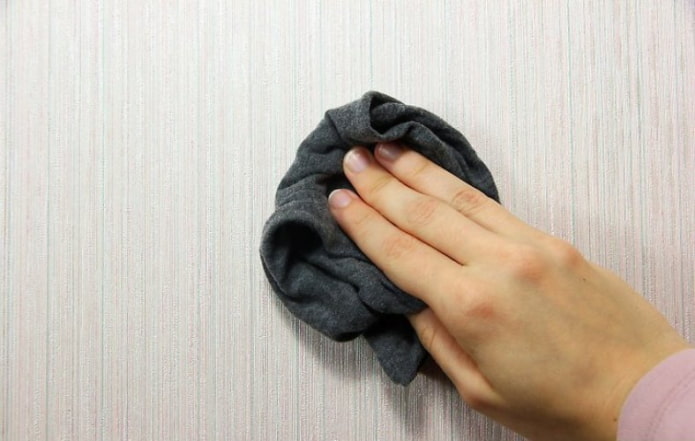
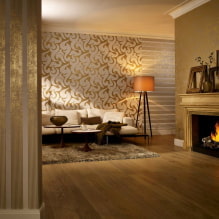
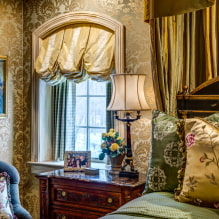
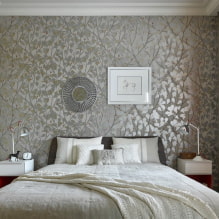
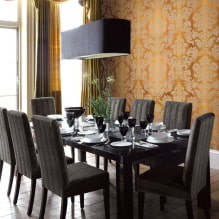
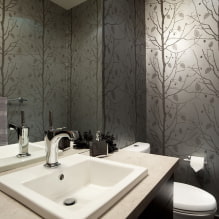
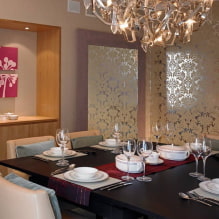
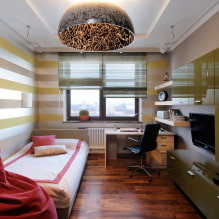
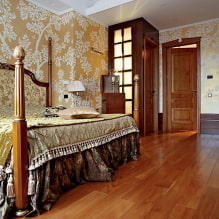
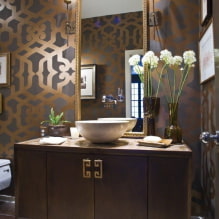
 13 bad habits a good housewife shouldn't have
13 bad habits a good housewife shouldn't have 24/7 home cleanliness - 4 secrets for the perfect housewife
24/7 home cleanliness - 4 secrets for the perfect housewife 6 hotels in Sochi that will give odds to the promoted foreign hotels
6 hotels in Sochi that will give odds to the promoted foreign hotels Top 10 interior design trends 2020
Top 10 interior design trends 2020 Rating of cheap TVs with Smart-TV
Rating of cheap TVs with Smart-TV New Year's LED garlands on AliExpress - we disassemble while it's hot, so that it's bright at home
New Year's LED garlands on AliExpress - we disassemble while it's hot, so that it's bright at home